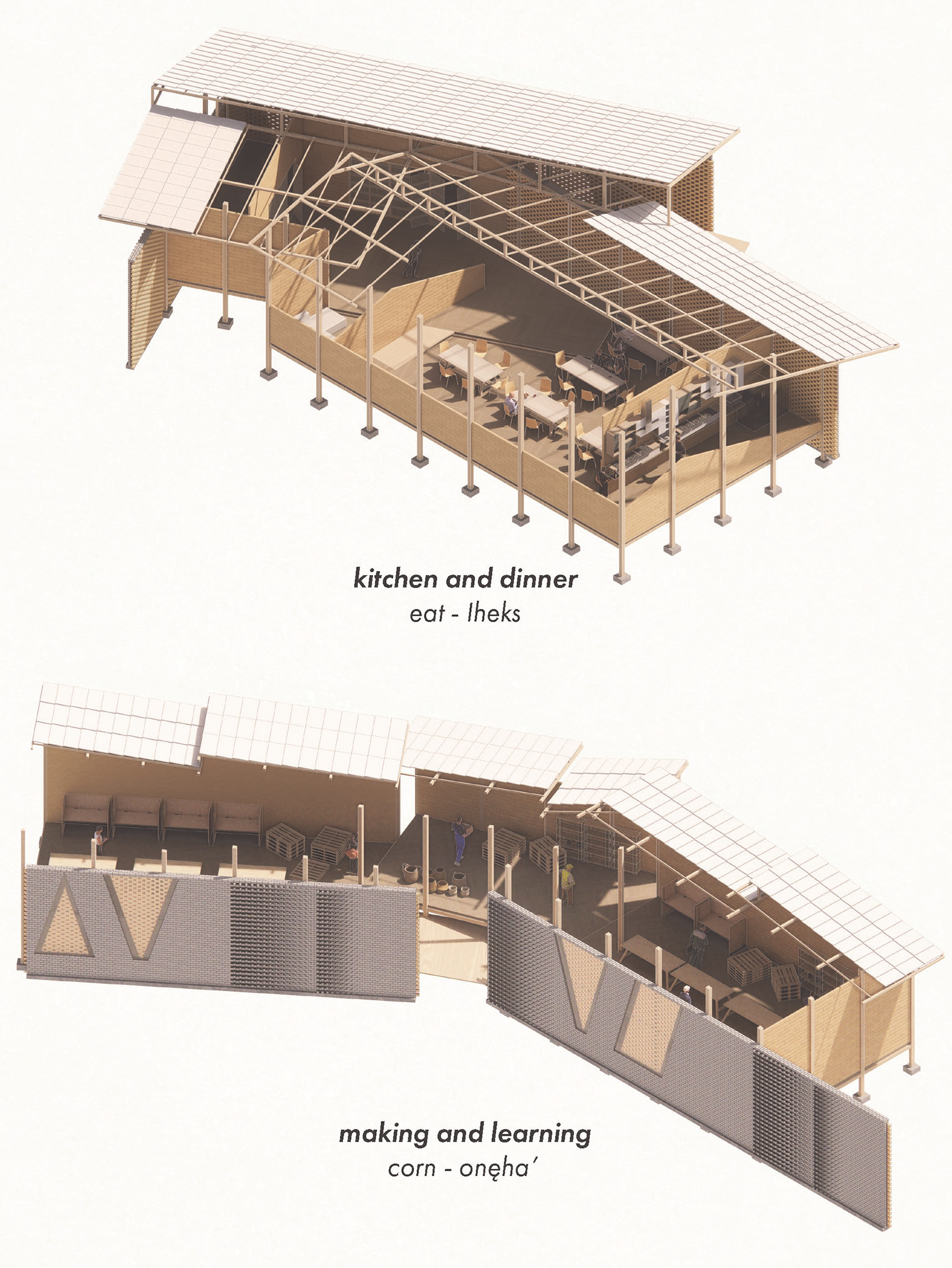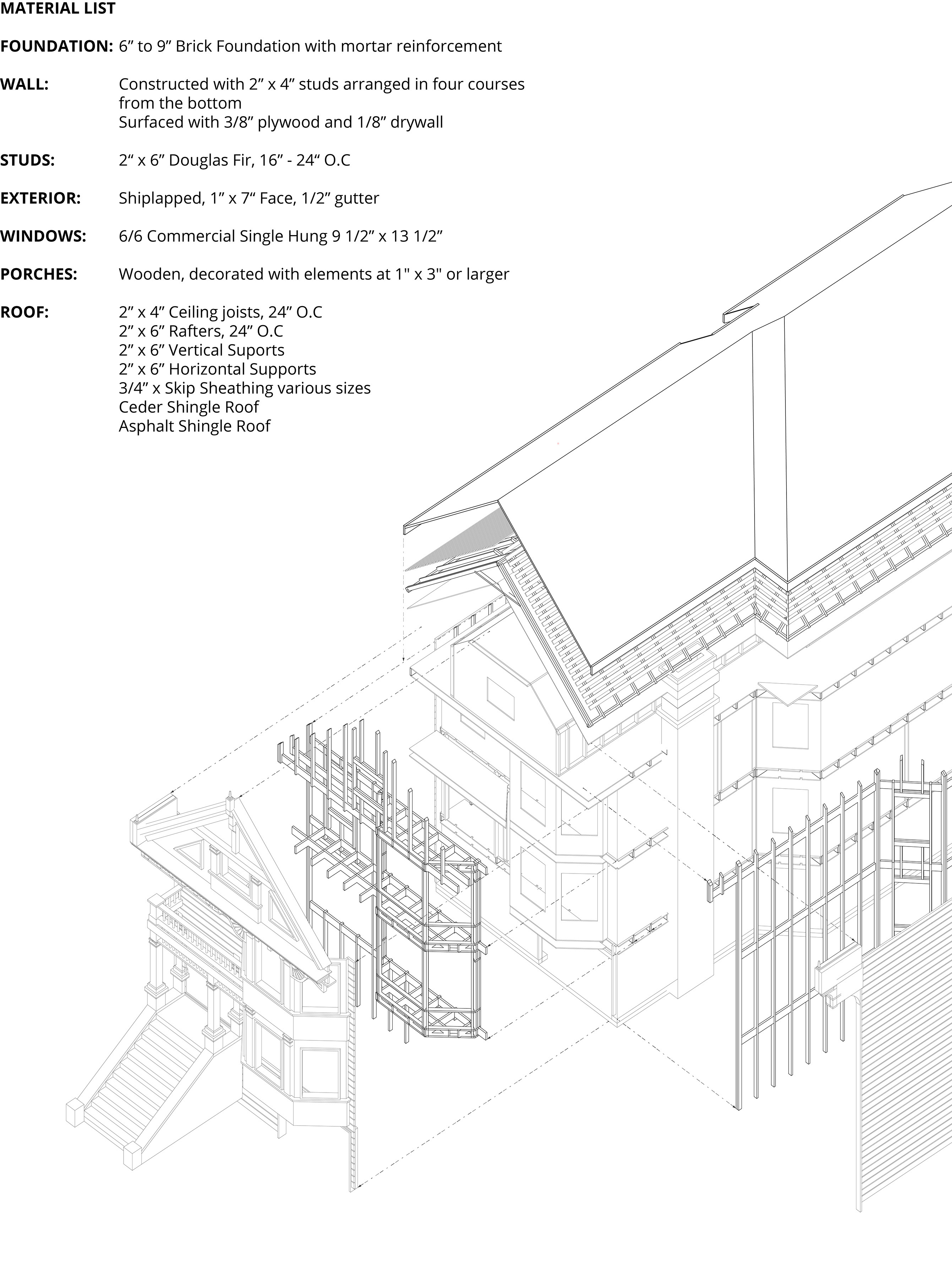2020
This project uses JavaScript to create a architectural semantic generator that will generate space. It summarizes a library containing different phrase templates and conjunctions. A program was carried out with a 3-dimensional analysis on each node. Every node has a different number of ports for other nodes/connectors to connect with.
The architecture generator would recognize a person’s thought and categorize it into word. As the word’s meaning can be ambiguous, the thoughts structure and other words in context will determine a word’s associated space.
Augmented reality combines with physical homes, virtual homes, and cityscape. Since the virtual space is a reflection of one’s subconscious, a combination of large amount of virtual homes will present a representation of social collective consciousness.
Just as the colors of abstract paintings or photos can produce a particular emotion, Architecture’s colors can profoundly affect users’ perceptions. The algorithm would generate the architecture in colors which represents the mood of its owner. When other people experience the architecture, the color can have complex effects on its users’ perception.









